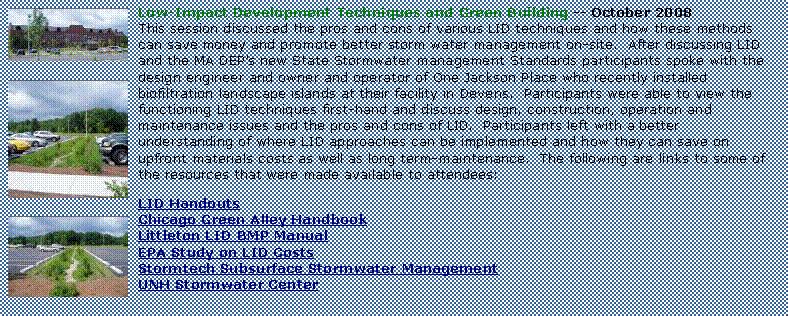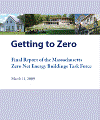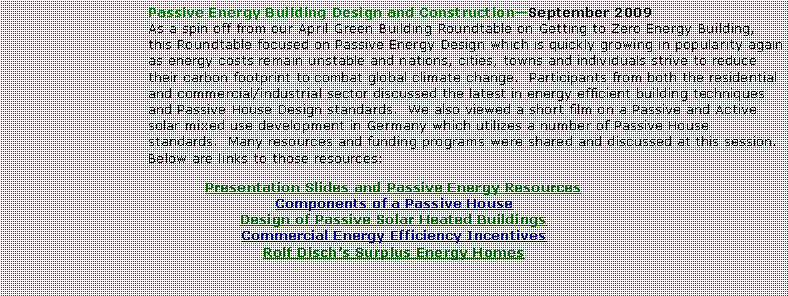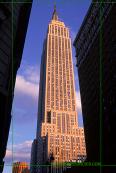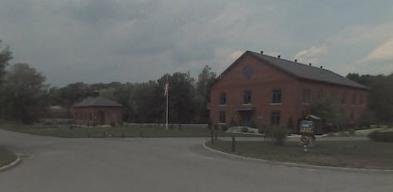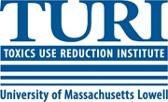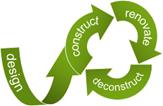




|
Education |
|
Services |


|
“Businesses that achieve LEED certification have reduced environmental impacts, increased energy efficiency, and improved quality of the work environment for their employees.”- EcoStar Standard 11 Green Building Design, Page 53, EcoStar Action Guide. |
|
Green Building Roundtable Library: |


